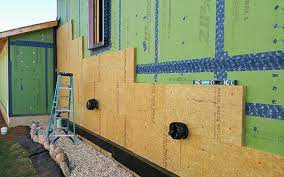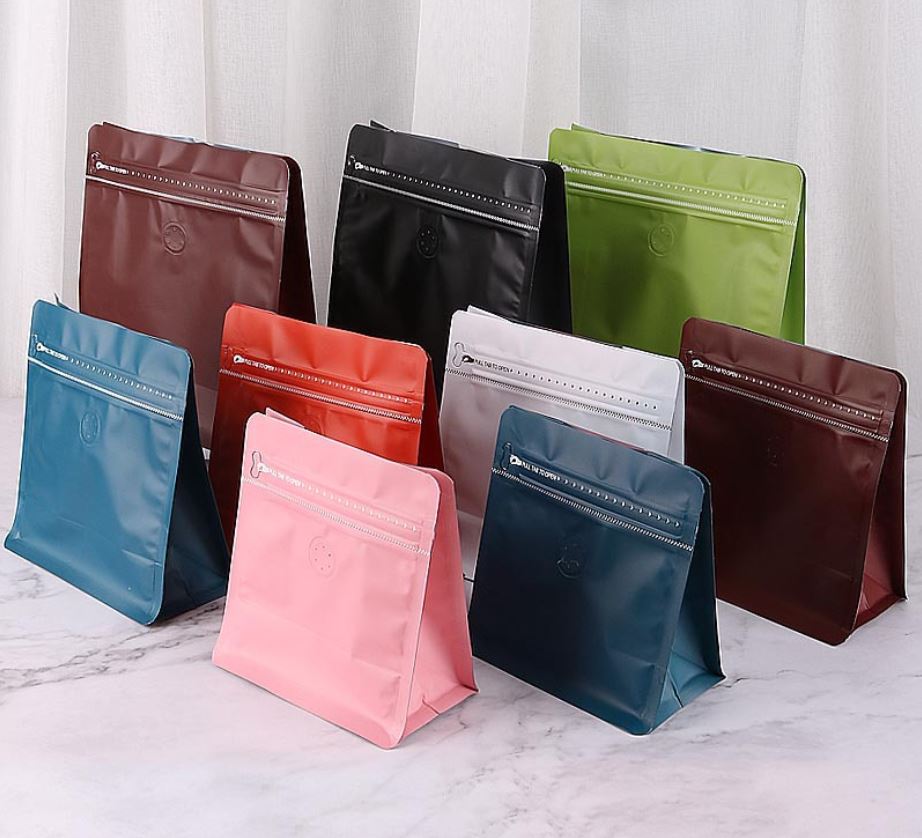With regards to designing a creating, the aesthetics are just as vital as usefulness. And then in today’s community, eco friendly structures is achieving a growing number of value. One way to do this is to utilize ventilated walls. These walls not simply increase the visual appeal of the building but in addition have several benefits that make them an outstanding selection for designers and contractors alike.
In this blog post, we will dive into the industry of ventilated walls. We shall investigate the things they are, the direction they function, their benefits and drawbacks, and some well-known components employed for producing them. If you are an designer or a house owner looking to redecorate your house, this article offers you important observations into ventilated walls.
What are Ventilated Walls?
Ventilated Wall make reference to an external surfaces cladding system that allows air circulation between your wall work surface and insulation layer. The venting results in a chimney effect that removes moisture content in the wall cavity helping regulate temp inside of the constructing. The program is made up of an exterior cladding covering, an aura space, insulation materials, as well as an inner structural wall. The exterior covering can be produced up of varied components including terracotta ceramic tiles, metal panels, window dietary fiber bolstered concrete (GFRC), or organic gemstone.
Just how do Ventilated Walls Operate?
The air-flow in ventilated walls operates about the concept of convection. As heat rises, it generates suction at the bottom in the wall where chillier atmosphere gets into through vents or opportunities. This cool oxygen soaks up dampness from the insulating material level before increasing up through vents near the top of the wall. This continuous air flow works well for eliminating any humidity buildup in the wall cavity and manages interior temperature.
Features of Ventilated Walls
Ventilated walls have several advantages over classic non-ventilated walls. For starters, they help in maintaining a stable temperature in the building, minimizing the demand for air conditioning and warming. Secondly, they protect against moisture buildup within walls, which can cause mold growth and architectural harm. Thirdly, ventilated walls are eco-warm and friendly as they decrease power consumption and co2 footprint of any developing. And finally, ventilated walls offer a variety of style options as they can be produced from a variety of components and colours.
Disadvantages of Ventilated Walls
In spite of their quite a few advantages, additionally, there are some disadvantages to employing ventilated walls. First of all, they may be more costly than traditional cladding techniques because of the extra resources necessary for insulation and air-flow. Second of all, cellular phone procedure may take longer than classic systems due to difficulty linked to producing an air space. Last but not least, if not mounted correctly or preserved appropriately, ventilated walls can become at risk of normal water penetration.
Preferred Components useful for Ventilated Walls
As mentioned earlier, different resources can be used for creating outer cladding levels in ventilated walls. Some popular ones consist of terracotta floor tiles that provide a timeless attractiveness with their earthy shade hues and organic stone that brings consistency and level on the façade. Metal panels including light weight aluminum or stainlesss steel give a modern modern day appear while GFRC delivers flexibility in shape and size alternatives.
Verdict:
Ventilated walls are an excellent selection for architects trying to find sustainable developing options without limiting on looks. They assist regulate temperature inside of structures while avoiding humidity build-up in wall cavities. However slightly expensive in comparison with traditional cladding methods, they feature quite a few style possibilities with supplies for example terracotta ceramic tiles, natural stone, metal sections or GFRC. When installed correctly and maintained correctly over time – these kinds of facades will provide both functionality & splendor!



